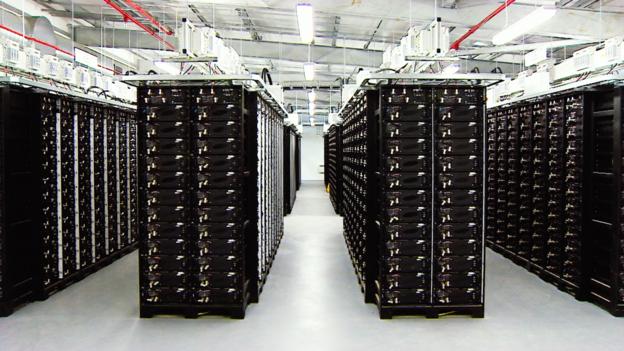Countries spending billions on ‘third revolution in warfare’ as UN debates regulation of AI-powered weapons.


Countries spending billions on ‘third revolution in warfare’ as UN debates regulation of AI-powered weapons.
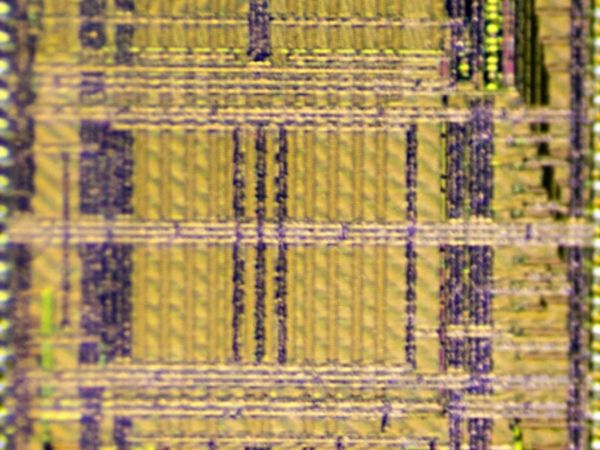

Fluorescent dye not only highlights but also kills cancer stem cells.
Korean and Singaporean scientists have recently proposed a new probe to detect cancer stem cells, and it might be an effective seek-and-destroy weapon against a variety of cancer types.
In a paper published in the journal Angewandte Chemie earlier this month, the researchers describe a fluorescent dye that they created to highlight cancer stem cells, and, as it turns out, the dye does more than that—it may actually be lethal to the cells it binds to [1].
Cancer stem cells in brief
Cancer stem cells (CSCs, also known as TICs, tumor-initiating cells) are exactly what they sound like; they are cancerous cells that exhibit stem cell-like abilities to self-renew and differentiate into the other cell types found in a given tumor. Discovered at the end of the 90s, these cells are the real culprit behind cancerous growth, being able to give rise to both to other CSCs and cells that, while non-tumorigenic themselves, are still part of a tumor—they descend from a cancer stem cell but do not have the same ability to divide uncontrollably. This is according to the CSC model of cancer; according to the stochastic model, it might be possible that every cell in a tumor has the ability to self-renew and differentiate, not only cancer stem cells, and the truth might be not so clear-cut, with some tumors following one model and others following the other [2].
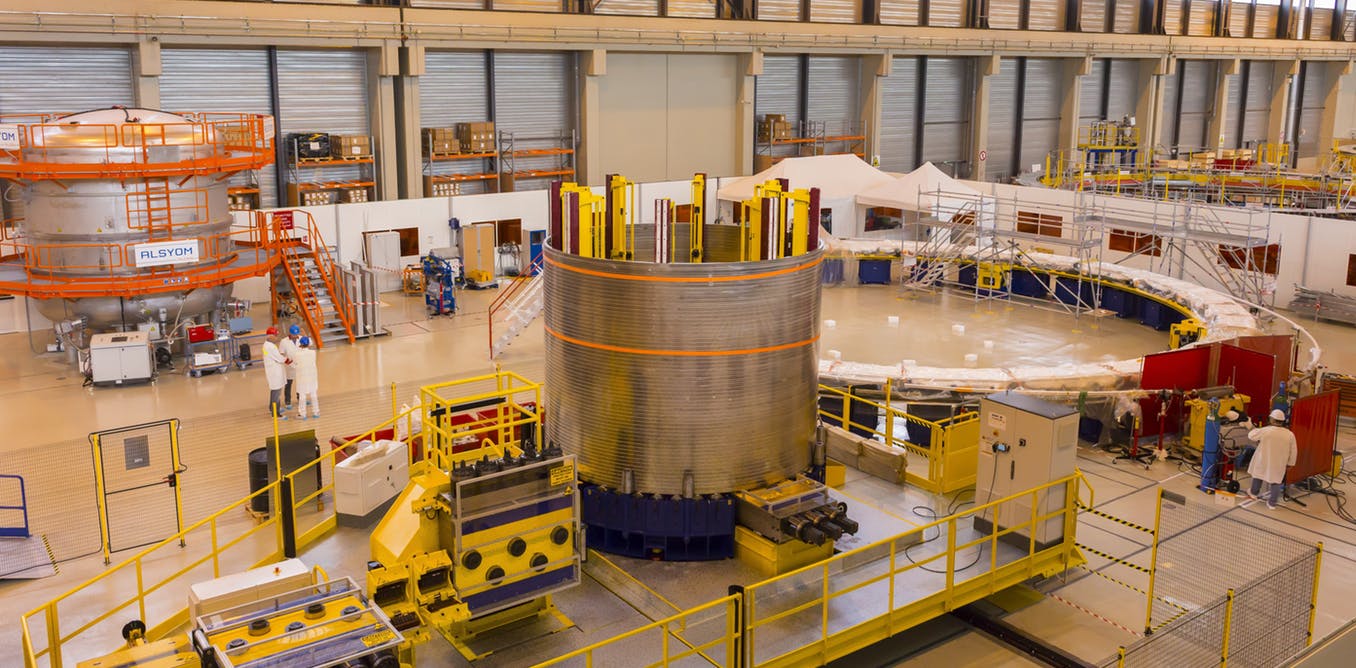

#Chicago friends, I’m honored to be speaking at the University of Chicago via the Chicago Society on Thursday, April 19, at 6PM CDT, Cobb 106. The Chicago Society has hosted speakers like Bill Gates, former Secretary of State Madeleine Albright, Nobel Laureate Gary Becker, and former Treasury Secretary Hank Paulson, Join me for a free talk and Q & A—and ask me all questions about #transhumanism and our coming wild tech future!

Imagine a single particle, only one-tenth the diameter of a bacterium, whose miniscule jiggles induce sustained vibrations in an entire mechanical device some 50 times larger. By taking clever advantage of the interplay between light, electrons on the surface of metals, and heat, researchers at the National Institute of Standards and Technology (NIST) have for the first time created a plasmomechanical oscillator (PMO), so named because it tightly couples plasmons—the collective oscillations of electrons at the surface of a metal nanoparticle—to the mechanical vibrations of the much larger device it’s embedded in.
The entire system, no bigger than a red blood cell, has myriad technological applications. It offers new ways to miniaturize mechanical oscillators, improve communication systems that depend on the modulation of light, dramatically amplify extremely weak mechanical and electrical signals and create exquisitely sensitive sensors for the tiny motions of nanoparticles.
NIST researchers Brian Roxworthy and Vladimir Aksyuk described their work in a recent issue of Optica.
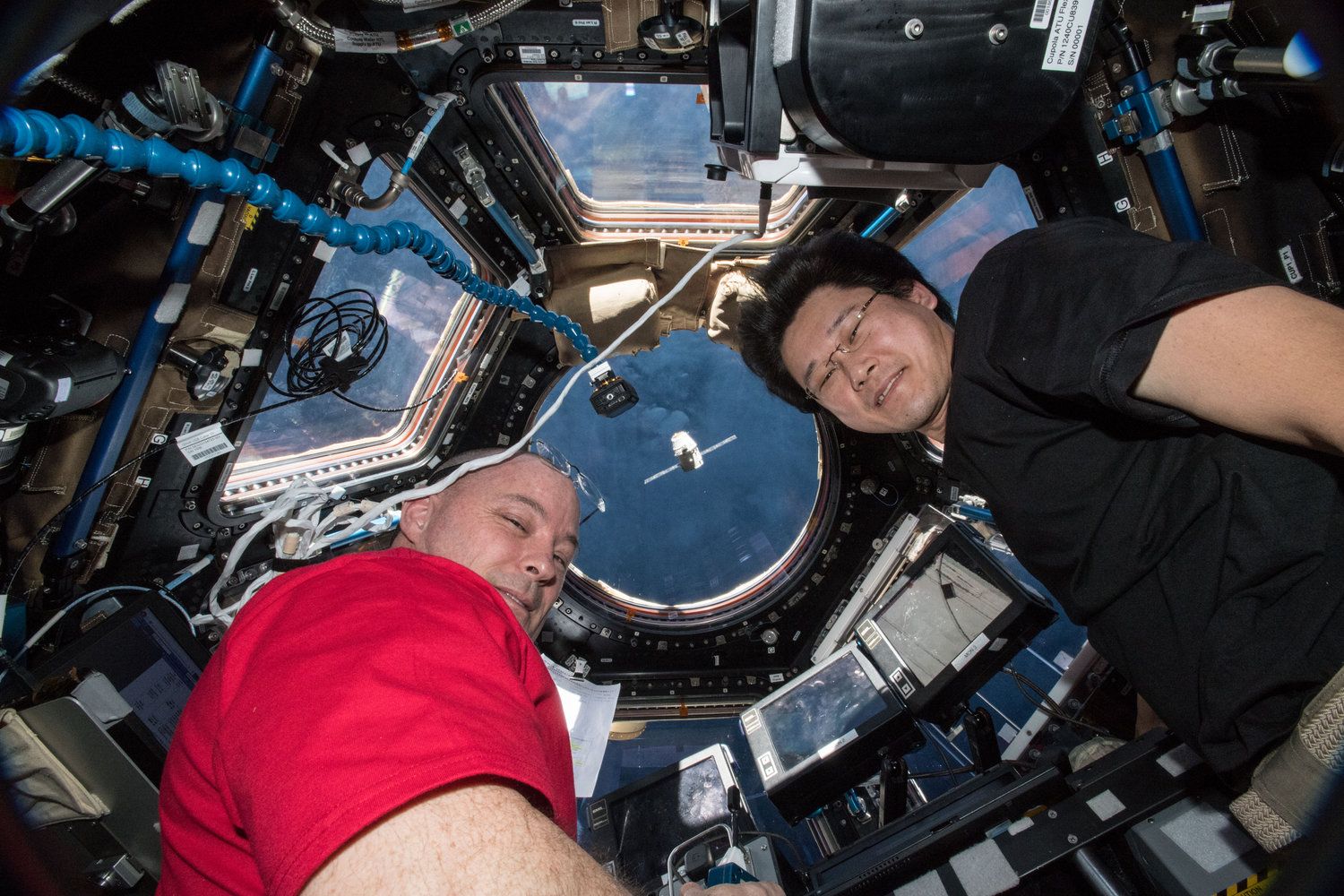
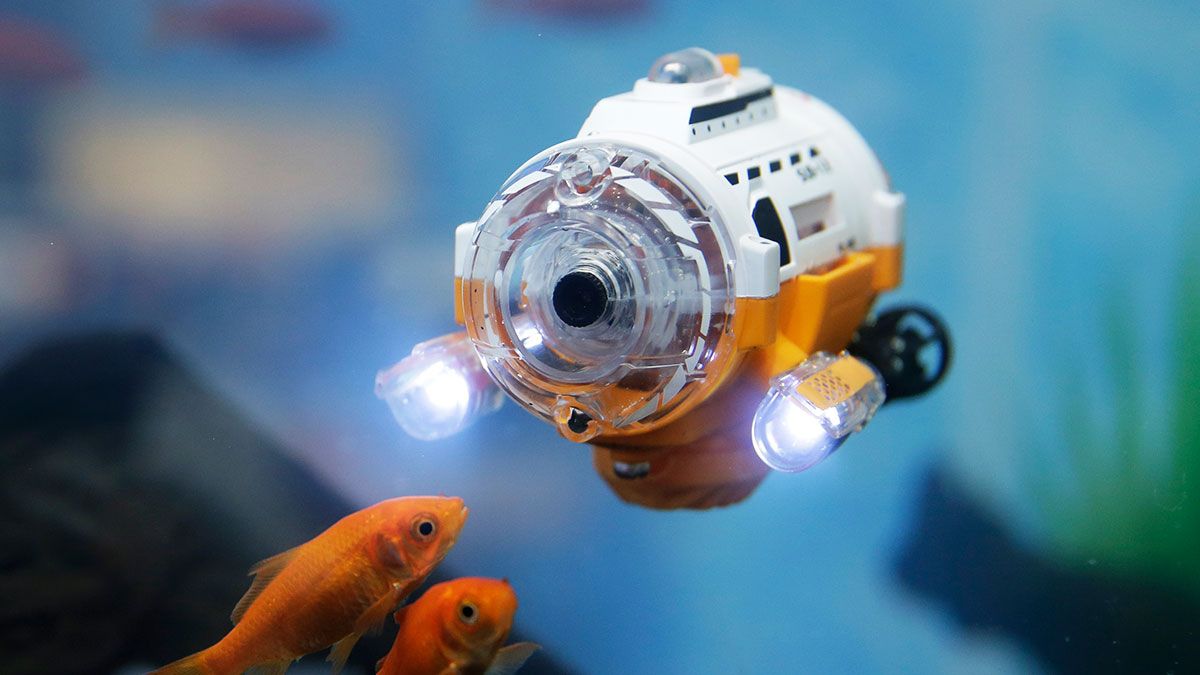
“If you went to bed last night as an industrial company, you’re going to wake up this morning as a software and analytics company.” Jeff Immelt, former CEO of General Electric
The second wave of digitization is set to disrupt all spheres of economic life. As venture capital investor Marc Andreesen pointed out, “software is eating the world.” Yet, despite the unprecedented scope and momentum of digitization, many decision makers remain unsure how to cope, and turn to scholars for guidance on how to approach disruption.
The first thing they should know is that not all technological change is “disruptive.” It’s important to distinguish between different types of innovation, and the responses they require by firms. In a recent publication in the Journal of Product Innovation, we undertook a systematic review of 40 years (1975 to 2016) of innovation research. Using a natural language processing approach, we analyzed and organized 1,078 articles published on the topics of disruptive, architectural, breakthrough, competence-destroying, discontinuous, and radical innovation. We used a topic-modeling algorithm that attempts to determine the topics in a set of text documents. We quantitatively compared different models, which led us to select the model that best described the underlying text data. This model clustered text into 84 distinct topics. It performs best at explaining the variability of the data in assigning words to topics and topics to documents, minimizing noise in the data.
